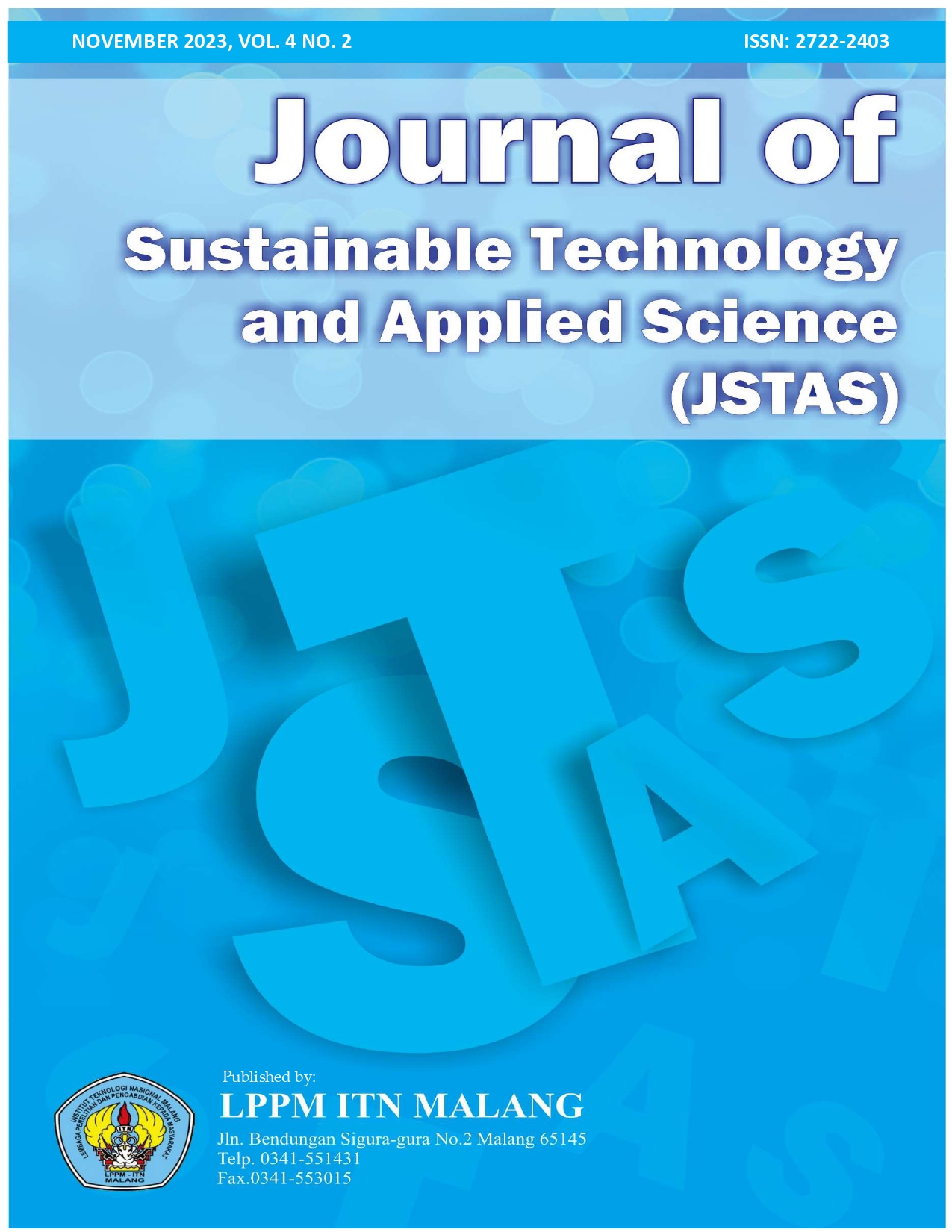STRATEGY OF OPERATIONAL RISK MANAGEMENT AT PT XYZ
Abstract
In the context of an organisation/company or business, operational scope is very important, including all risks. PT XYZ continues to demonstrate performance metrics with a compliance rate of less than 100% in the conduct of its business and is considered a risk in the Company's operational framework. Therefore, the purpose of this research is to propose improvement or control solutions to reduce operational risk and recommend the risk management ISO 31000 version of treatment.
In principle, 2 (two) calculation steps were performed in this study, namely before and after providing repair solutions. The methods used are Failure Modes and Effects Analysis (FMEA) and risk matrix, Pareto charts are used to rank risks from highest to lowest, and fishbone diagrams to analyze repair solutions.
As a result, the total risk score becomes R8 = 2.40 to 1.60, followed by a decrease from R2 = 0.96 to 0.16, R1 = 0.36 to 0.24, R6 = 0.108 to 0.03, R7 = 0.108 to 0.03, R4 = 0.096 to 0.02, R3 = 0.06 to 0.02 and R5 = 0.036 to 0.02. From the categorization of the risk matrix there is then also a decrease in impact which originally had 5 (five) low risk categories to 6 (six) risks, then 1 (one) medium risk and the remaining 1 (one) extreme risk. In accordance with ISO 31000:2018 risk management recommendations that risk before control, namely accepting risk is applied to 5 (five) risks, risk mitigation is applied to 1 (one) risk, avoiding risk is applied to 2 (two) risks. Risk after control, namely accepting risk is applied to 6 (six) risks, risk mitigation is applied to 1 (one) risk and risk avoidance is applied to 1 (one) risk.












